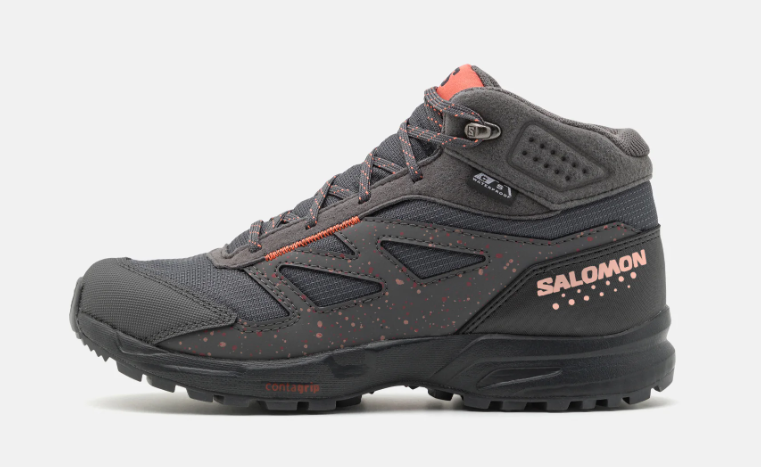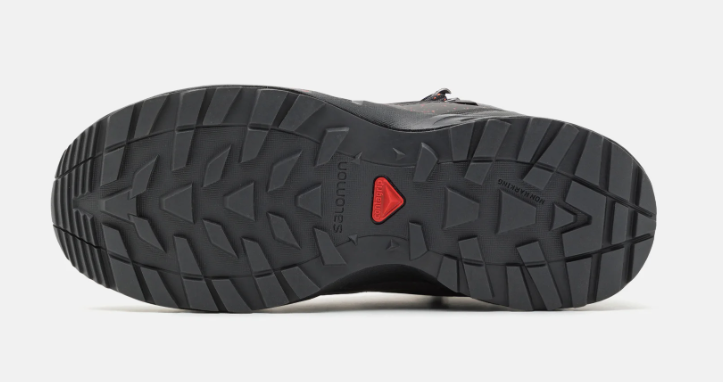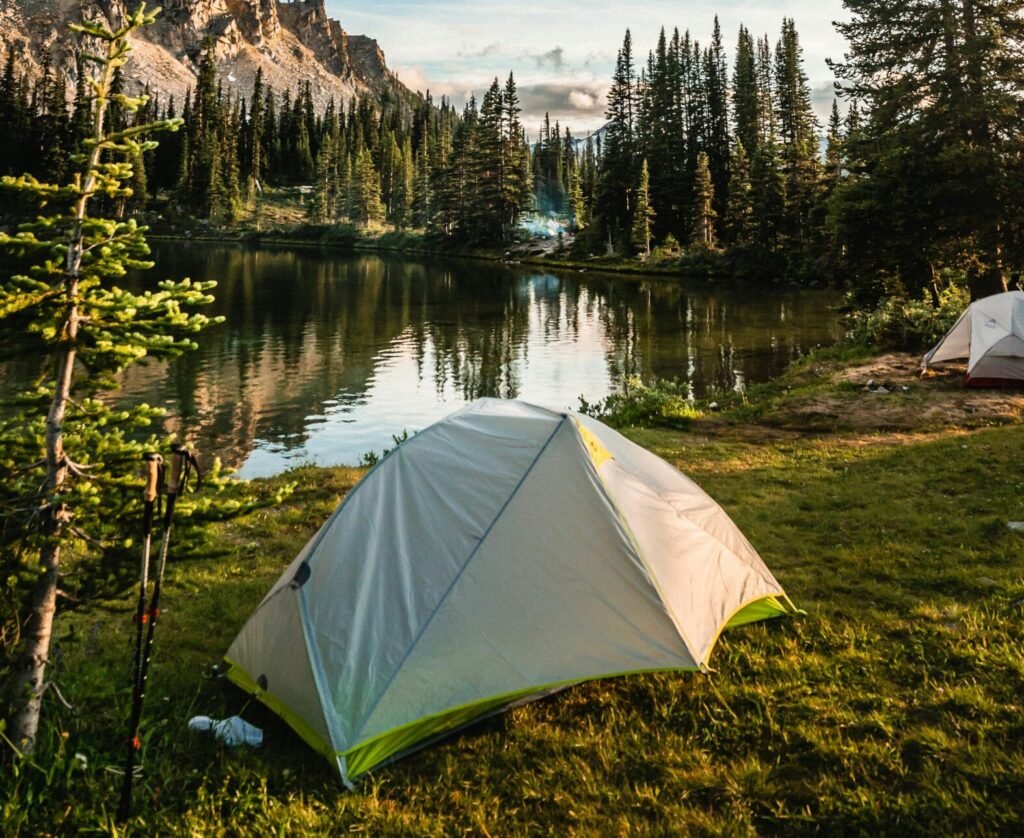Welcome to this comprehensive review of the Adidas Terrex Free Hiker XPL GTX hiking boots. As an expert in outdoor performance gear, I will provide you with an objective assessment of these boots, highlighting their features tailored for hiking enthusiasts. Whether you’re a seasoned hiker or a beginner looking for reliable footwear, this review will help you make an informed decision.
Design and Aesthetics
The TERREX FREE HIKER XPL GTX hiking boots boast a sleek and modern design that combines style with functionality. Available in a range of attractive color options, these boots are sure to catch the eye of outdoor enthusiasts. The design seamlessly blends into the outdoor gear market, making them a fashionable choice for any hiking adventure.
Key Features
Materials and Construction
The TERREX FREE HIKER XPL GTX hiking boots are crafted using high-quality materials. The textile upper provides durability and flexibility, allowing for natural foot movement. The rubber outsole offers excellent traction on various terrains, ensuring stability and grip during hikes.
GORE-TEX Technology
One of the standout features of these boots is the GORE-TEX membrane, which provides exceptional waterproofing and breathability. This technology allows your feet to stay dry and comfortable, even in wet conditions, while still allowing moisture to escape.
Boost Midsole
The Boost technology incorporated into the midsole of these boots offers superior energy return and cushioning. This means that every step you take is supported and comfortable, reducing fatigue during long hikes.
Continental Rubber Outsole
The Continental rubber outsole is designed to provide exceptional grip and durability. It ensures reliable traction on both wet and dry surfaces, giving you the confidence to tackle any terrain.
Sock-like Construction
The sock-like construction of the TERREX FREE HIKER XPL GTX hiking boots offers a snug and supportive fit. This design feature enhances comfort and stability, reducing the risk of blisters and foot fatigue.

Comfort and Fit
Initial Comfort
Right out of the box, these boots provide impressive comfort. The combination of the sock-like construction, Boost midsole, and supportive upper ensures a pleasant wearing experience from the first step.
Break-in Period
While some hiking boots require a break-in period, the TERREX FREE HIKER XPL GTX boots are designed to minimize this. Users report minimal discomfort during the initial use, allowing you to hit the trails without delay.
Fit and Sizing
When it comes to fit and sizing, it is recommended to choose your regular shoe size. However, it’s worth noting that some users have found these boots to run slightly larger or smaller, so it’s advisable to try them on before making a purchase.
Performance
Traction
The traction provided by the TERREX FREE HIKER XPL GTX boots is exceptional. Whether you’re navigating muddy trails, rocky terrains, or wet surfaces, these boots offer reliable grip, ensuring stability and confidence with every step.
Stability and Support
Ankle support and overall stability are crucial factors in hiking boots, and the TERREX FREE HIKER XPL GTX does not disappoint. The design provides excellent stability, reducing the risk of ankle injuries, and allowing you to tackle challenging trails with ease.
Waterproof Performance
The GORE-TEX lining in these boots effectively keeps your feet dry, even in wet weather conditions. Whether you encounter rain or step into puddles, you can trust that your feet will remain comfortable and protected.
Breathability
Despite their waterproofing capabilities, these boots also excel in breathability. The GORE-TEX membrane allows moisture and heat to escape, preventing your feet from becoming sweaty and uncomfortable during active use.
Versatility
The TERREX FREE HIKER XPL GTX boots are highly versatile, suitable for various types of hiking and outdoor activities. Whether you’re embarking on day hikes, multi-day treks, or even trail running, these boots can handle it all.

Durability
Material Wear
With regular and intensive use, the materials of these boots hold up remarkably well. The textile upper and rubber outsole exhibit excellent durability, ensuring that these boots will accompany you on many adventures.
Signs of Wear and Tear
While the overall durability is commendable, some users have reported early signs of wear and tear, particularly in high-stress areas such as the toe box. However, it’s important to note that these instances are relatively rare and may vary depending on individual usage patterns.
Use Cases
Ideal Terrain and Conditions
The TERREX FREE HIKER XPL GTX boots excel in a variety of terrains, including muddy trails, rocky surfaces, and wet conditions. They are particularly well-suited for hikers who enjoy exploring diverse landscapes and encountering different weather conditions### Seasonal Use
These boots are suitable for year-round use, adapting well to different seasons. Whether you’re hiking in the heat of summer or traversing snowy trails in winter, the TERREX FREE HIKER XPL GTX boots provide the necessary comfort, support, and protection.
Pros and Cons
Pros
- Exceptional comfort and cushioning thanks to the Boost midsole.
- Reliable traction on various terrains, ensuring stability and grip.
- Effective waterproofing with the GORE-TEX lining.
- Breathable construction that manages internal moisture and heat.
- Versatile for different types of hiking and outdoor activities.
Cons
- Some users have reported minor sizing inconsistencies.
- Occasional signs of wear and tear in high-stress areas.
Comparison with Other Models
When compared to similar models from other brands, the TERREX FREE HIKER XPL GTX hiking boots hold their own. The combination of comfort, traction, waterproofing, and breathability sets them apart from the competition, making them a top choice for outdoor enthusiasts.
Price vs. Value
In terms of price, the TERREX FREE HIKER XPL GTX boots fall within the mid to high range. Considering the quality of materials, innovative features, and overall performance, these boots offer excellent value for money. They are a worthwhile investment for those seeking reliable and durable hiking footwear.
Conclusion
To conclude, the TERREX FREE HIKER XPL GTX hiking boots by Adidas are a standout choice for outdoor enthusiasts. With their stylish design, exceptional comfort, reliable traction, and waterproofing capabilities, these boots are a reliable companion on any hiking adventure. While there may be minor sizing inconsistencies and occasional signs of wear and tear, the overall performance and value make them a top contender in the hiking boot market.
Whether you’re a seasoned hiker or a beginner looking for reliable footwear, the TERREX FREE HIKER XPL GTX boots are worth considering. They provide the necessary support, comfort, and durability to tackle various terrains and weather conditions. Invest in these boots and embark on your next hiking journey with confidence.
FAQs
Q. Are the TERREX FREE HIKER XPL GTX boots true to size?
Yes, the boots generally run true to size. However, it’s recommended to try them on before purchasing, as some users have reported minor sizing inconsistencies.
Q. Do the boots require a break-in period?
While some hiking boots require a break-in period, the TERREX FREE HIKER XPL GTX boots are designed to minimize this. Users have reported minimal discomfort during the initial use, allowing for immediate use on the trails.
Q. Can these boots handle wet conditions?
Absolutely! The GORE-TEX lining in these boots provides excellent waterproofing, keeping your feet dry even in wet weather conditions.
Q. Are the boots suitable for year-round use?
Yes, the TERREX FREE HIKER XPL GTX boots are versatile and suitable for year-round use. They adapt well to different seasons and weather conditions.
Q. How durable are these boots?
These boots are built to last. With regular and intensive use, the materials hold up remarkably well, ensuring they will accompany you on many adventures. However, occasional signs of wear and tear may occur in high-stress areas, although these instances are relatively rare.
![]()


















































